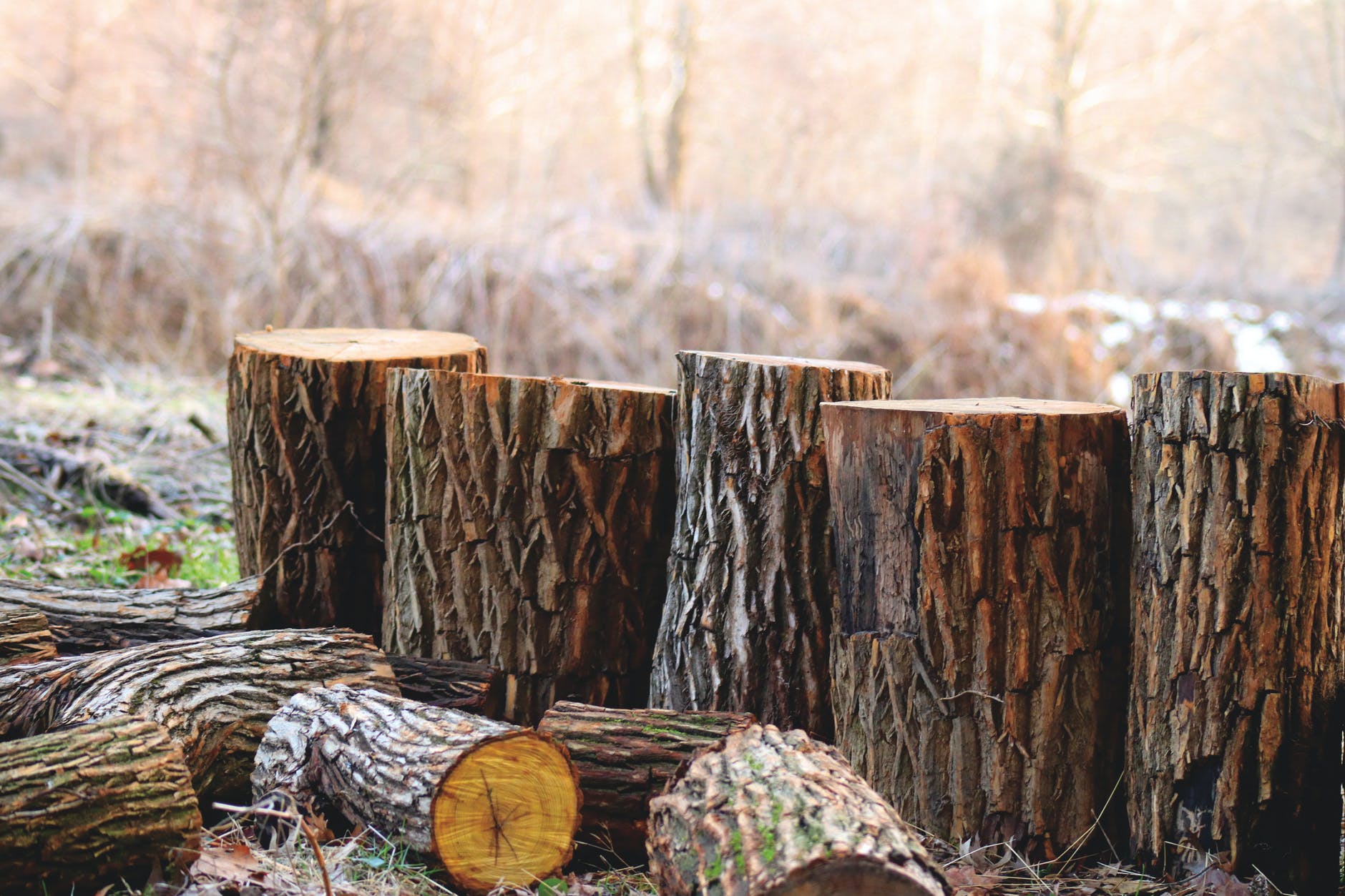Making your own “animal Log”

What is made out of wood and helps animals? No, this is not a tree log, but you can definitely use old logs as habitat by simply leaving snags and old stumps. What I am talking about though is an animal log-book. Now before you roll your eyes out of boredom and skip to a different page, creating a animal logbook can be fun. It can be as simple as a piece of paper taped to the side of a outside window or as complex and thick as a three series novel. The point of the animal log is to be thinking, looking, and most importantly writing down what you see in your own backyard over the course of a year.

Many bird watchers have a “life list” of all the species they want to see on the planet in their lifetime. The animal log is not necessarily that but you can have goals and objectives for your animal log. For example, if you really want to get better at identifying bee species; your animal log may be on bees only (shout out to my entomologists woot woot) or birds, or reptiles, or a combination of all of those things. For many, an animal log is what animals catch your eye and are notable enough to make it on your log. The key to this exercise is having one for your yard only- no cheating and going off to some park or nature reserve to get that mad wildlife-log cred. The challenge that lies therein is bringing all these birds, bees, butterflies, dragonflies, or you name it to your yard.

Hummingbirds are a special surprise!
The animal log is both a blessing and a curse. A blessing because as it opens your eyes to the wonders of the ecosystem that is your own slice of land, it shows you the beauty that is all the little things. It also can be a curse because you have to do a little work to see some things. If you have your standard American turfgrass desert, you may have your work cut out for you, but you also may become an eco-island and host TONS of species. But you have to build a place where your winged, scaled, or feathered friends WANT to stop and visit you. I cant run down to Wal-Mart and buy a northern cardinal for my feeder, or a oil collecting bee for my flowers, I have to know enough about cardinals or bees to bring them to my yard.

Echinacea is a bee magnet, and the seeds will feed birds in the winter too!
Thus lies the purpose of this animal log: you can find out what interests you (or your kids) when you go outside, and then you can find ways to bring more of that thing in. In the process, you will also bring in all sorts of other things, and those discoveries will prompt even more and the loop goes on and on. Next thing you know you can ID five species of plants, you know that those solitary wasps and bees wont sting you and hey that bird is back in my yard after flying 5600 miles! Not only that, but in places with no grand view of mountains, with not a ski slope in sight or whales to go and watch every day, you can bring all these little things closer to you and enjoy them in your own backyard, while sipping a beer and having a campfire.
Feel free to tell us what you have seen in your animals logs! Any rare species? Any special-to-your-heart species that you have brought in?
Steps to make an animal log, or download our rubric HERE
Step 1: Get a piece of paper. This can be any paper, notebook, or even sticky note.
Step 2: Find a place with an outdoor view that your frequent. Either indoor with window, or outdoor locations work. My favorite is a kitchen window while I wash dishes. Other ideas could be a picture window, near your home office, kitchen area, or even an outdoor/enclosed patio would work.
Step 3: Observe nature. See what is crawling, flying, buzzing, or just sitting around.
Step 4: Find out what it is, then write it down. Once you see these things, figure out what they are. Are they good, bad, native, invasive, do you want them around?
Step 5. Continue to write down your observations. Find out if a modified habit changes the way that this creature behaves or its numbers. Does it only come around during certain times of year? How can you encourage your new friend(s) to stay?
Step 6. Build more or more specific habitat that suits the critters you want to attract. For example: if I want hummingbirds for longer than a few days, I need to plant tons of tubular, red and bright colored native flowers and vines. If a particular bird is very shy, maybe I need to create some sort of hiding area near my feeder to allow it to dart out and get some grub.
